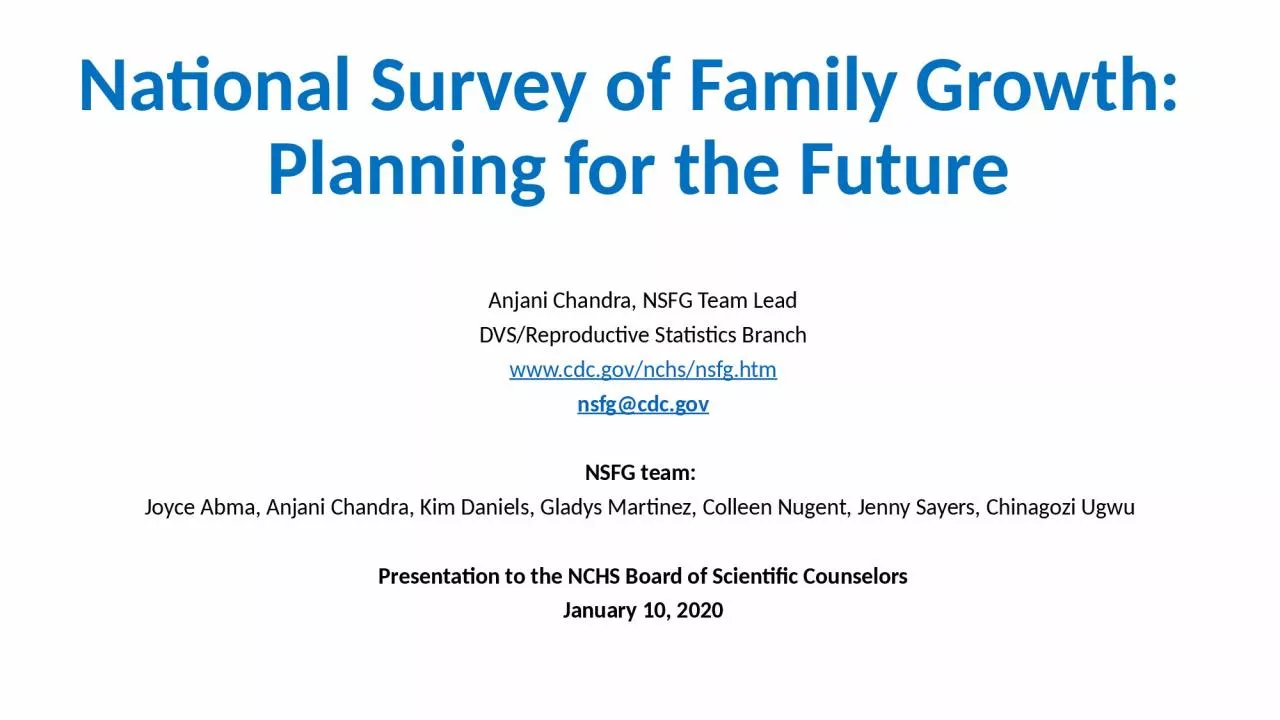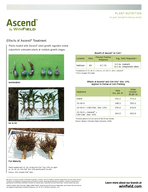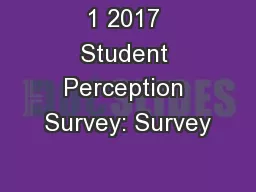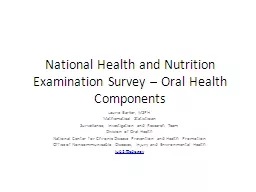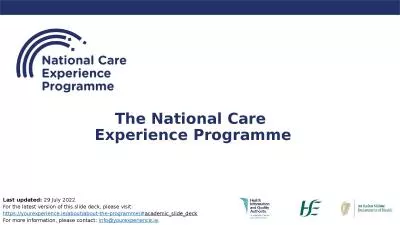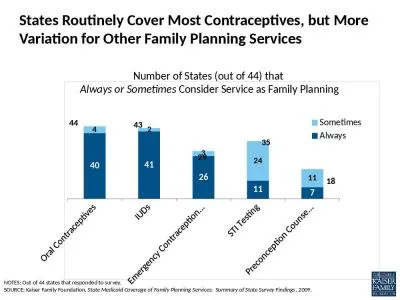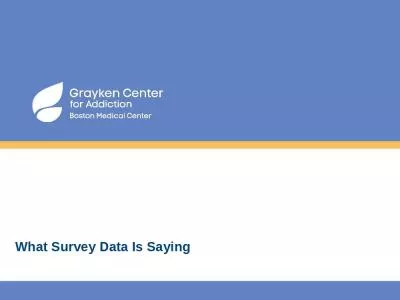PPT-National Survey of Family Growth:
Author : gagnon | Published Date : 2023-11-16
Planning for the Future Anjani Chandra NSFG Team Lead DVSReproductive Statistics Branch wwwcdcgovnchsnsfghtm nsfgcdcgov NSFG team Joyce Abma Anjani Chandra Kim
Presentation Embed Code
Download Presentation
Download Presentation The PPT/PDF document "National Survey of Family Growth:" is the property of its rightful owner. Permission is granted to download and print the materials on this website for personal, non-commercial use only, and to display it on your personal computer provided you do not modify the materials and that you retain all copyright notices contained in the materials. By downloading content from our website, you accept the terms of this agreement.
National Survey of Family Growth:: Transcript
Download Rules Of Document
"National Survey of Family Growth:"The content belongs to its owner. You may download and print it for personal use, without modification, and keep all copyright notices. By downloading, you agree to these terms.
Related Documents

